Story Plot Structure
Here, you'll learn how to design the plot of a story. You'll also find templates to plan a story plot for a literary novel, a thriller, detective fiction, horror, romance, and more.
Skip to Topic
What is a story plot?
Story conflict
Getting ideas for your story conflict
Three-act plot structure
Plot versus theme
Modelling story plots
Mythic Story Structure
Plot templates
What is a story plot?
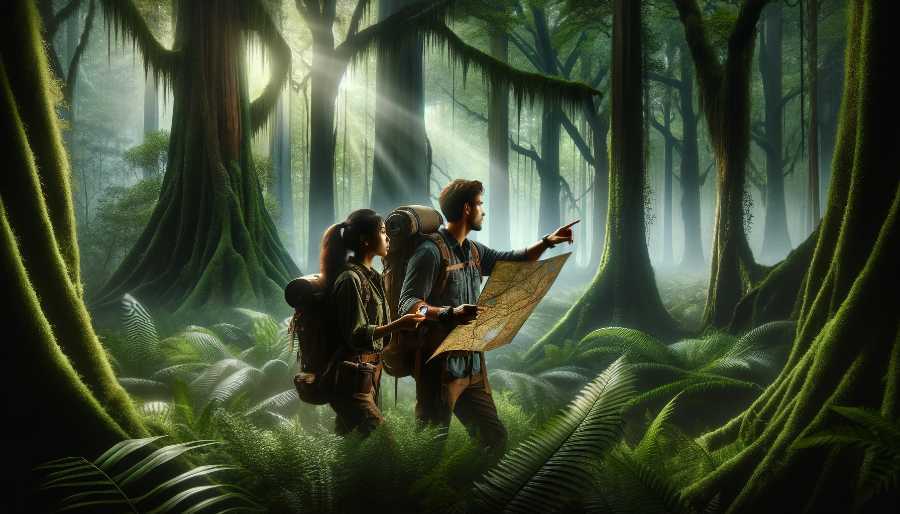
Plot is what happens in a story and the order it happens in.
For there to be story, something has to move, to change. Something goes from point A to point B.
This change could be:
- A physical event (Point A = Serial killer is picking off prominent citizens of the town. Point B = Police arrest the killer).
- A decision (Point A = Character wants to practice law like his father. Point B = Character decides to be a ballet dancer).
- A change in a relationship (Point A = They hate each other. Point B = They fall in love.)
- A change in a person (Point A = Character is a selfish jerk. Point B = Character has learned to be less of a selfish jerk.)
- A change in the reader's understanding of a situation. (Point A = character appears to be a murderer. Point B = The reader realizes that character is actually innocent and made a false confession.)
This change could even be the realization that nothing will ever change. (Point A = Your character dreams of escaping her small town. Point B = Her dream of escape is shown to be an hopeless.)
What is plot? It's the roadmap that takes your story from point A to point B.
Conflict in a story plot
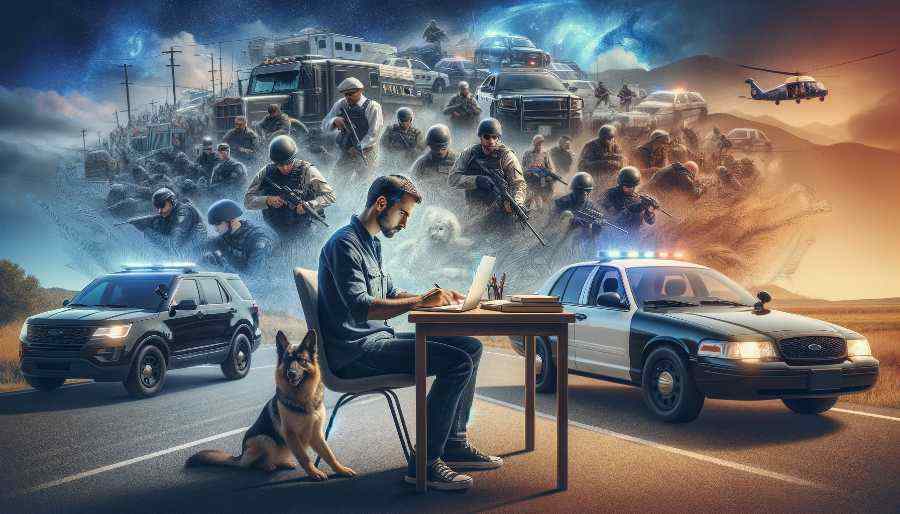
There's a reason why "Happily ever after" comes at the story's end. It means nothing else is happening. Cinderella and her Prince Charming wake up late, eat a nice breakfast, and take a walk. A slow news day. Forever.
It would be different if it were:
- "Happily ever after, except for one extramarital affair and its violent ending..."
- "Happily ever after until Cinderella discovered Prince Charming's secret dungeon..."
Please don't imagine I'm some kind of evil fairy-tale witch, wishing ill on the fortunate couple. I don't think there's anything wrong with happiness. There's just no story in it.
For there to be a story, something has to happen. Narrative conflict is what makes it happen, propelling your character from Point A to Point B.
This can be:
- Conflict between characters (Prince Charming's ex-girlfriend decides to break up the marriage.)
- A character's internal conflict (Cinderella develops a drinking problem.)
- Conflict between characters and an impersonal force (floods, disease, dragon attack).
Einstein once said, "Nothing happens until something moves." If your characters are getting comfortable too early in the story, it's time to stir things up.
Getting ideas for your story conflict
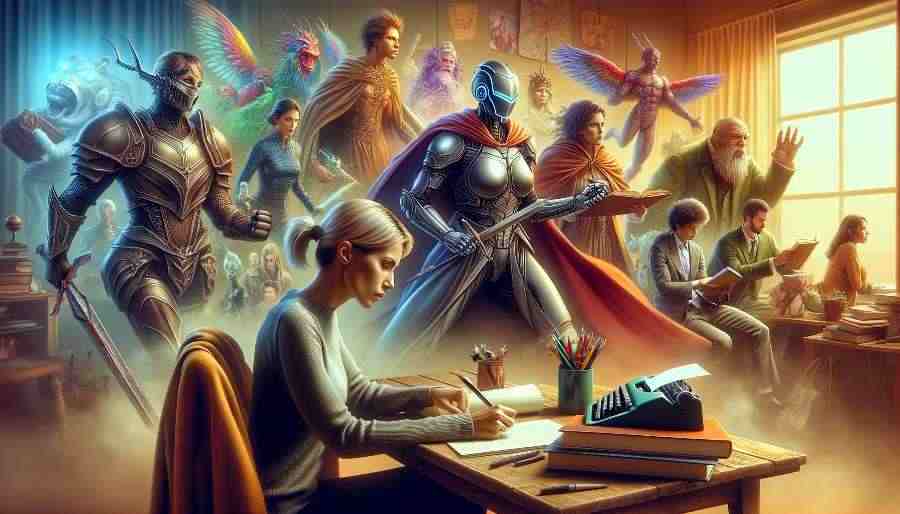
How do you come up with an interesting conflict for your story? It's often a good idea to start with your main character...
- Think of something this character desperately wants. Then think of some difficulties that might get in the way. There's your conflict.
- What would force your character to do something they are really uncomfortable with? Something they don't feel capable of doing? Set up this situation, and you've got a conflict.
Or maybe there's a specific type of conflict you feel inspired to write about, and you're building your story from there. Perhaps you already know that you want to write about divorce or a battle with cancer or child abuse. That's great, but be careful not to skimp on character development.
Remember that the more real you can make your character for readers, the more deeply readers will care what happens to them. We lose sleep worrying over the divorces and illnesses of our friends, not those of strangers.
Click here to get a free e-book that will help you develop three-dimensional characters.
Three-Act Plot Structure
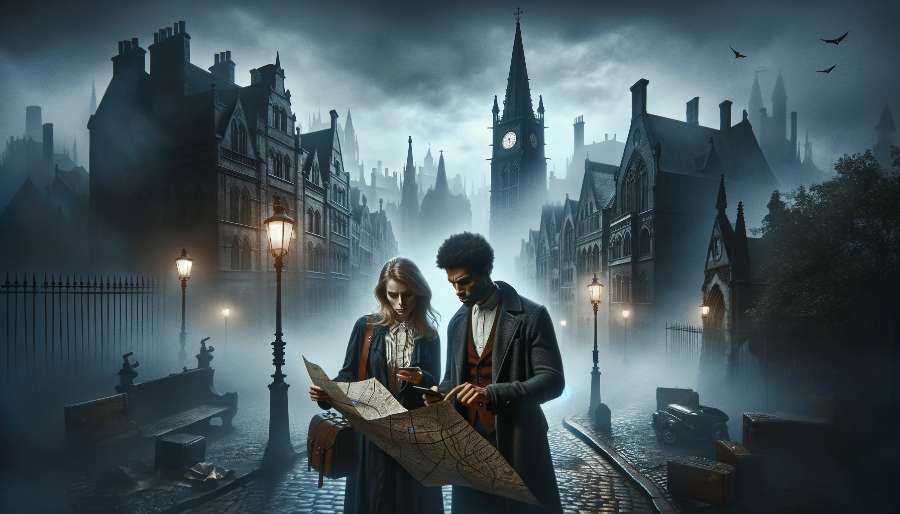
Okay, so you've invented characters, and you've planned a conflict that will get them off their sofa and doing something interesting. How to organize your story?
Classic plot structure looks like this...
1. Beginning (Act 1): Readers get to know your characters as you set up the story conflict. Often the beginning of a story will show an event, known as the "inciting incident" that disrupts the main character's ordinary world and forces the character to take action. For example, maybe the story opens with your main character, Betty, squabbling with her husband the way she does every night. Their squabble is interrupted by a phone call from an ex-boyfriend Betty still has feelings for. This phone call is an inciting incident that causes Betty to question her marriage.
2. Middle (Act 2): You build up the conflict to a crisis point, where things just can't continue the way they are. A decision has to be made or something has to change. This point is called the story climax. If the story is a roadmap, this is the major fork in the road. The character can turn left and wind up in Alabama with her ex-boyfriend or turn right and end up back in Illinois with her husband and kids.
3. Ending (Act 3): You show, or hint at, the result of the story conflict.
Short stories often begin right before the story climax and end right afterward. Instead of showing the result of the character's journey (e.g., the character returns to Illinois, has a joyful reunion with her husband and kids, and then resumes her old routine), a short story might just hint at where things are headed (e.g., you show the character buying a bus ticket to Illinois and end the story there).
In novels, there's more room for the build-up and resolution.
Story structure is often compared to the shape of an arc because of the way the action builds to a peak.
Not all stories fit this shape exactly, but, generally, there's a sense of a clear line or path that traces the character's journey from Point A to Point B. And what gives the line its shape, what propels the character's journey, is the story conflict.
Learn how to shape the beginning, middle, and ending of your story in our free three-day course.
Plot versus theme
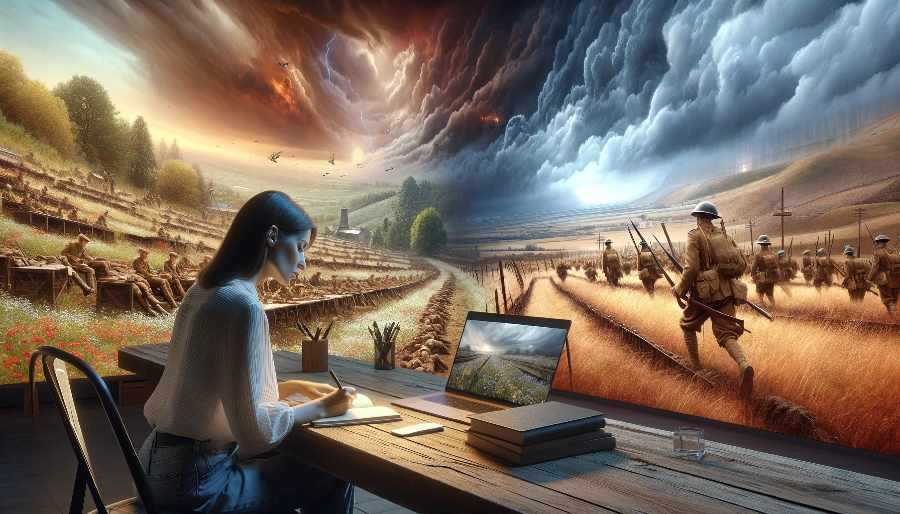
The story's plot is the sequence of events that take place: what happens.
Its theme is the general ideas that the story explores.
For example, the plot of the Harry Potter novels involves Harry's struggle to save the world from the evil wizard Voldemort (story conflict: Harry versus Voldy).
An important theme of these novels is the power of love.
The plot of PRIDE AND PREJUDICE shows how the relationship between Elizabeth Bennet and Mr. Darcy evolves from mutual dislike to love.
Themes of PRIDE AND PREJUDICE : well, pride and, um, prejudice.
You don't necessarily have to decide your story's theme ahead of time. As you're writing, certain ideas will start to come up again and again, and these will become your theme.
Borrowing ideas for the plot of a story

If you want to write novels, you probably also love to READ novels, so you already have an idea of how they're put together. But here's a good exercise. Take several novels similar in genre to the one you want to write, and analyze their structure. For each of the novels, make a list of all of the scenes in that novel.
What you're doing is working backwards, turning those novels into outlines that you can use as examples.
Looking at each outline, pay attention to...
- how the story’s action is divided into scenes
- why the scenes are in the order that they are
- the speed and rhythm of the storytelling
- how the author builds tension and keeps things interesting.
Of course, your novel will be different from anyone else's. But even very different works of literature tend to follow certain common patterns.
You may even find that you can use another story's structure as the basis for your own.
Helen Fielding did this when she wrote her popular novel, THE DIARY OF BRIDGET JONES. As she explains:
"When I first started writing the Bridget Jones novel, I just had a collection of columns, and no plot, really. And simultaneously PRIDE AND PREJUDICE was going out on the BBC, and I was infatuated with it, and so I just stole the plot, and hung my columns on it, and then the book increasingly began to mimic and nick stuff from PRIDE AND PREJUDICE. But it’s a very good plot."
Although Fielding used Jane Austen's plot, the main character she imagined and her writing style result in a very different book.
In Henry James's novel THE AMBASSADORS, the main character is sent to Europe to bring back an American expatriate, but his mission is complicated when he falls in love with the lifestyle of the young man he's supposed to bring back.
This exact same plot description also applies to Patricia Highsmith's crime novel, THE TALENTED MR. RIPLEY. But the characters and the styles of the novels couldn't be more different.
Not long ago, I was watching Hitchcock's movie REAR WINDOW when I realized that Woody Allen's movie MANHATTAN MURDER MYSTERY has a very similar plot. Both movies are about couples living in New York City who begin to suspect that a neighbor has committed a murder. In both movies, one partner in the couple is fascinated by this, while the other partner is not... until halfway through the movie, where the second partner becomes interested too, and the shared interest ends up strengthening the relationship.
The styles and specific details of the movies are completely different, but the basic plot is the same.
Mythic Structure a.k.a. the Hero's Journey
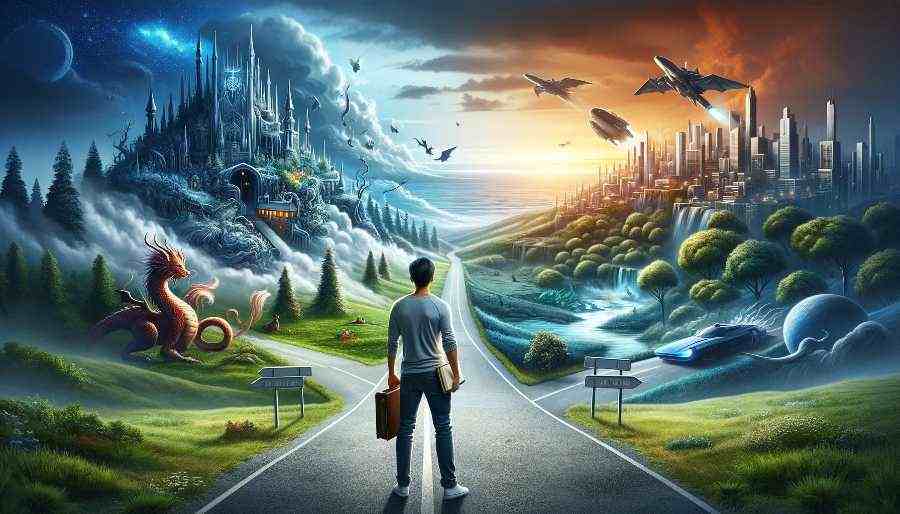
Many adventure and fantasy novels use a story structure that is sometimes called "Mythic Story Structure" or "The Hero's Journey". J.K. Rowling's HARRY POTTER AND THE SORCERER'S STONE is an example of a book that follows this structure.
Important: This is just one model of plot structure. You can use it to get ideas, but don't feel like you have to hit all of the plot points.
Typical stages in a Mythic Story Plot
1) The ordinary world. Here, we see the hero in their everyday life before the adventure begins (e.g., Harry is a miserable orphan living with his dreadful relatives).
2) The call to adventure (a.k.a. inciting incident). Something happens that requires the hero to leave his ordinary world (e.g., Harry receives letters from Hogwart's wizarding school).
3) Refusal of the call. Initially, the hero may resist the call to adventure. (In HARRY POTTER, it is not Harry but his uncle who tries to keep Harry from accepting the call to adventure).
4) Meet the mentor. The hero encounters a mentor who provides guidance, wisdom, or a special object or talisman to help on their journey. (e.g., Harry Potter receives a visit from Hagrid, who tells Harry that he's a wizard).
5) Crossing the threshold. The hero commits to the adventure and enters a new, unknown world. (e.g., Harry passes through a magical portal into Diagon Alley, which is part of the wizarding world.)
6) Tests, allies, and enemies. The hero meets allies and enemies and encounters various challenges and tests. (Harry begins adapting to life at the magic school, forming friendships with Ron and Hermione, who become his closest allies. He also encounters school adverseries, including Draco Malfoy and Professor Snape. His courage is tested when he sees Malfoy bullying another student, and later when Hagrid needs help with a dragon. These experiences reveal Harry's talents and strengths, but also get him in trouble for breaking school rules.)
7) Approaching the innermost cave. The hero prepares for their greatest challenge in a hostile location. (Armed with an invisibility cloak and a flute, Harry sneaks into the forbidden third-floor corridor and passes through a trap door to a secret chamber.)
8) The ordeal. This is the story climax, where the hero faces their greatest challenge and experiences death and rebirth in some form. (In the secret chamber, Harry battles Professor Quirrell, who is possessed by Voldemort, then loses consciousness.)
9) The reward. After surviving the ordeal, the hero achieves a great victory and often obtains a significant reward. (Harry wakes up in the hospital to learn that he has successfully stopped the villain from obtaining the philosopher's stone. He is also rewarded with a championship cup for Gryffindor in the school competition.)
10) Return with the elixir. The hero returns home transformed with newfound wisdom. (Harry returns to his horrible relatives, but the situation feels much more tolerable now that he knows he's a wizard and can return to Hogwarts in the fall.)
You can use this structure and still have a very original novel. Your characters, your imagination, your writing and perspective will make your novel unique.
Story plot templates
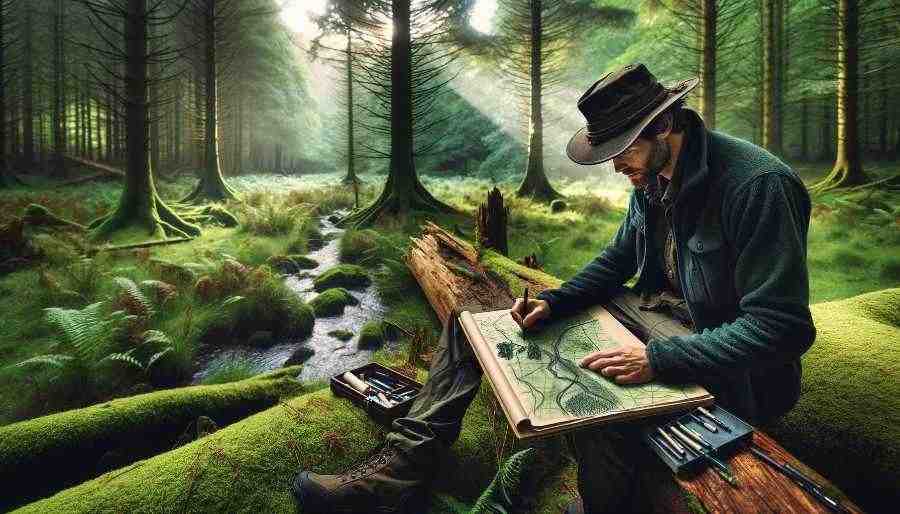
You can use the templates below as a starting point to develop your own story plots. Click here for printable versions.
Plot Worksheet for General/Literary Fiction
Who is the main character?
Describe something that intrudes on the character's daily world and sets off the story conflict ("inciting incident"):
How will the character deal with the conflict?
What will be result of the character's actions?
How will the character change or reveal a new side of themselves as a result of the conflict?
Plot Worksheet for Thrillers
Your hero:
The villain:
Villain's plan to commit murder:
How will your hero be drawn into a struggle against the villain?
How will your hero try to stop the villain? What could go wrong with the hero's plan?
In what ways is the hero in physical and psychological danger?
How can you raise the stakes or make things more exciting partway through the story (ideas: imprison or incapacitate the hero, create a "ticking clock" where the hero has a limited time to stop the villain):
What is a discovery the hero can make about the villain or their plan during the second half of the story?
How might the hero's strategy or approach change partway through the story?
Describe the story climax, when the hero and the villain go head-to-head. What will be the result?
Plot Worksheet for Horror Novels
Describe your hero:
Describe the monster/villain:
Describe an environment where the hero will come in contact with the monster/villain:
Think about some ways to create an atmosphere of dread and fear:
Describe some different ways the monster will attack and how the hero will try to escape from or defeat the monster/villain?
Think about how you can escalate the attacks or make them more and more horrifying.
How will the hero's strategy change as the attacks escalate?
What are some ways you can increase pressure on the hero as the story progresses (e.g., weaken the hero in some way, trap the hero in a small space with the monster/villain).
Describe the story's climax: the most important confrontation between hero and monster/villain.
How will you end the story? (At the end of many horror stories, the monster/villain appears to be defeated, then rises again.)
Plot Worksheet for Romance Novels
Who are the two main characters who will fall in love?
What major obstacle will stand in the way of their being together?
Describe the couple's first meeting.
Describe the moment when they first feel attracted to each other.
Key moments that deepen the couple's connection:
Factors/events/moments that throw the couple's future into doubt:
Story climax (this is a major crisis in the relationship, which might involve a big fight or a stunning revelation):
What the characters discover about themselves and each other:
How will the couple survive the crisis to achieve a happy or hopeful ending?
Plot Worksheet for Detective Novels
Who is your sleuth?
What is the crime they will investigate?
How/why will your sleuth get involved in the investigation?
Who are some possible suspects?
What steps will the sleuth take to investigate? What clues will they uncover?
How might you raise the stakes during the second half of the novel? For example, will the sleuth come to be in danger?
What is the decisive clue that will reveal the solution to the mystery? How will the sleuth discover it or come to understand its meaning?
What is your story climax? (In many detective novels, this involves a confrontation between the sleuth and the criminal.)
How will your story end?
Plot Worksheet for Fantasy/Adventure Novels
Your main character:
A special talent, ability, or strength your character has (though they might not be aware of it when the story opens):
Call to adventure -- something that requires the hero to leave their ordinary world:
How the hero will react to the call to adventure:
The new world (or version of the world) the hero will enter:
Mentor, allies, enemies:
Tests, challenges, battles:
Story climax: the hero's greatest challenge, and how the hero will deal with it:
Result of the climax / hero's reward:
Return from the adventure:
Enter your email to get the story plot templates as printable worksheets.
Plot of a Story - More Resources
Be sure to join our free email group to get story ideas and tips sent to your inbox. You also might enjoy:
Our 8-week course on character development
Our guide to mystery writing
How to outline a story plot